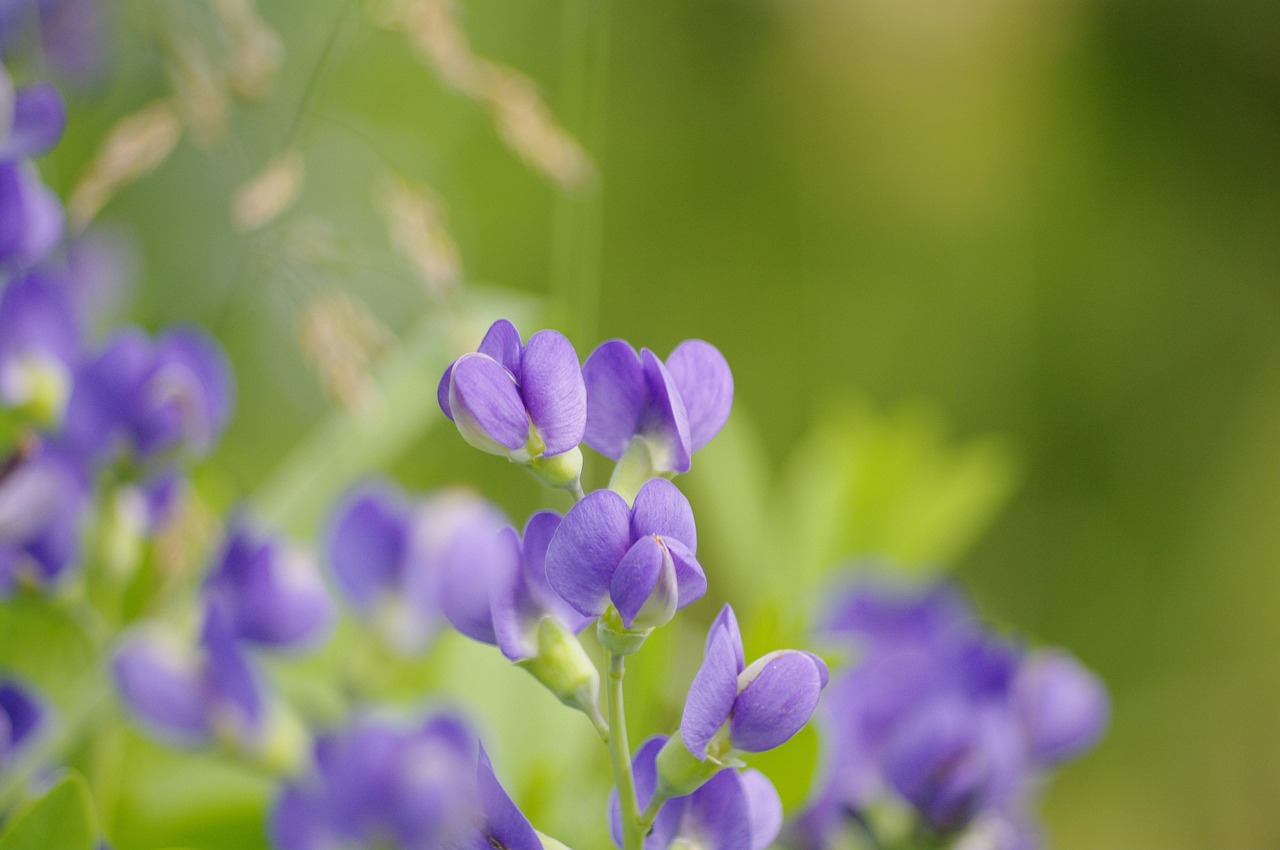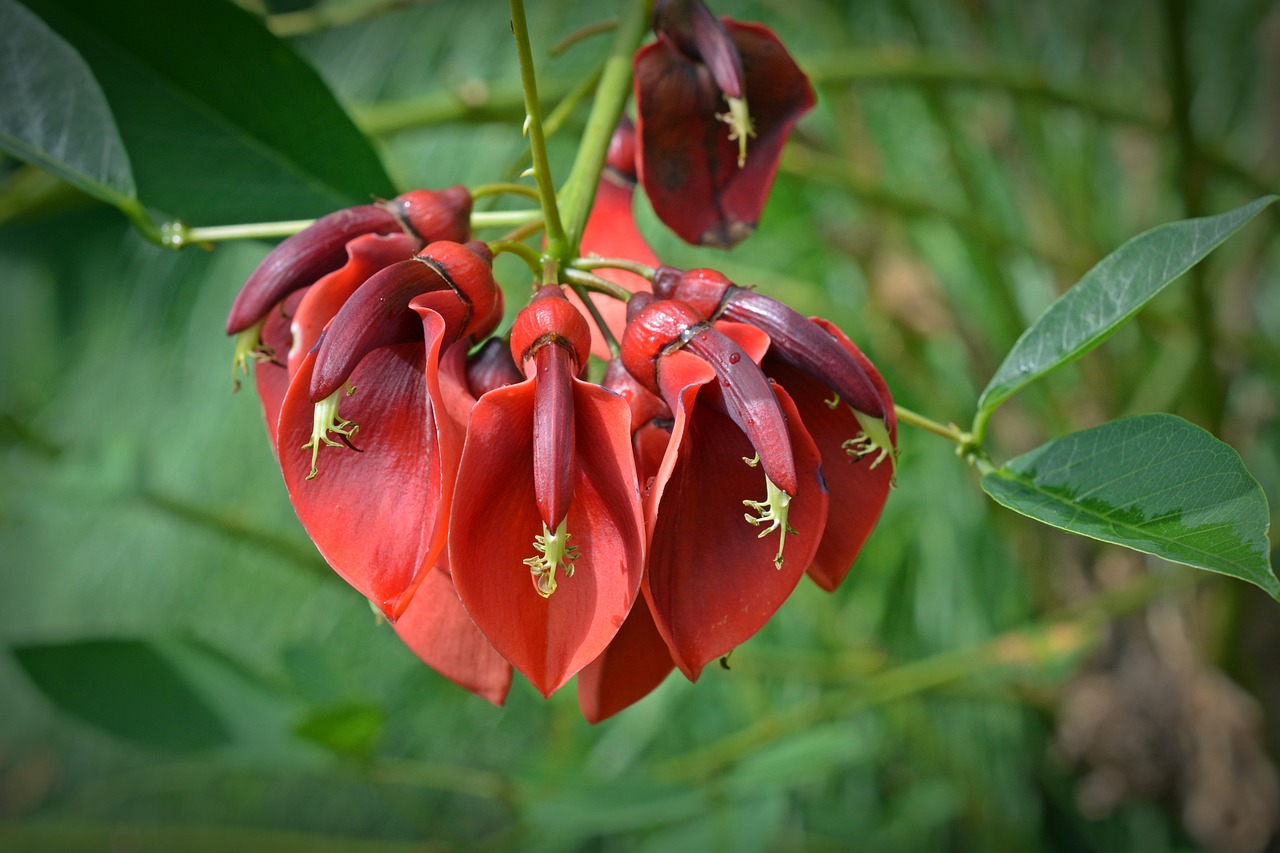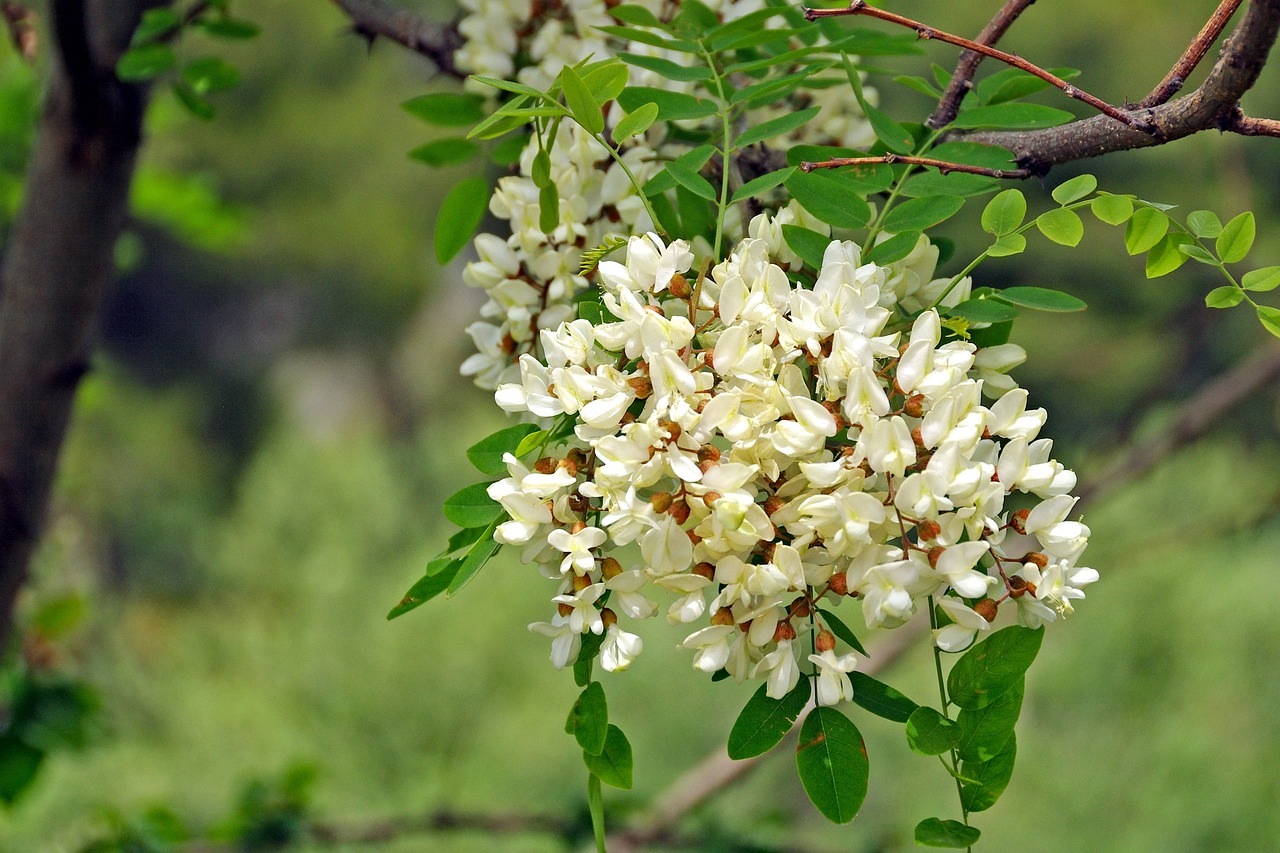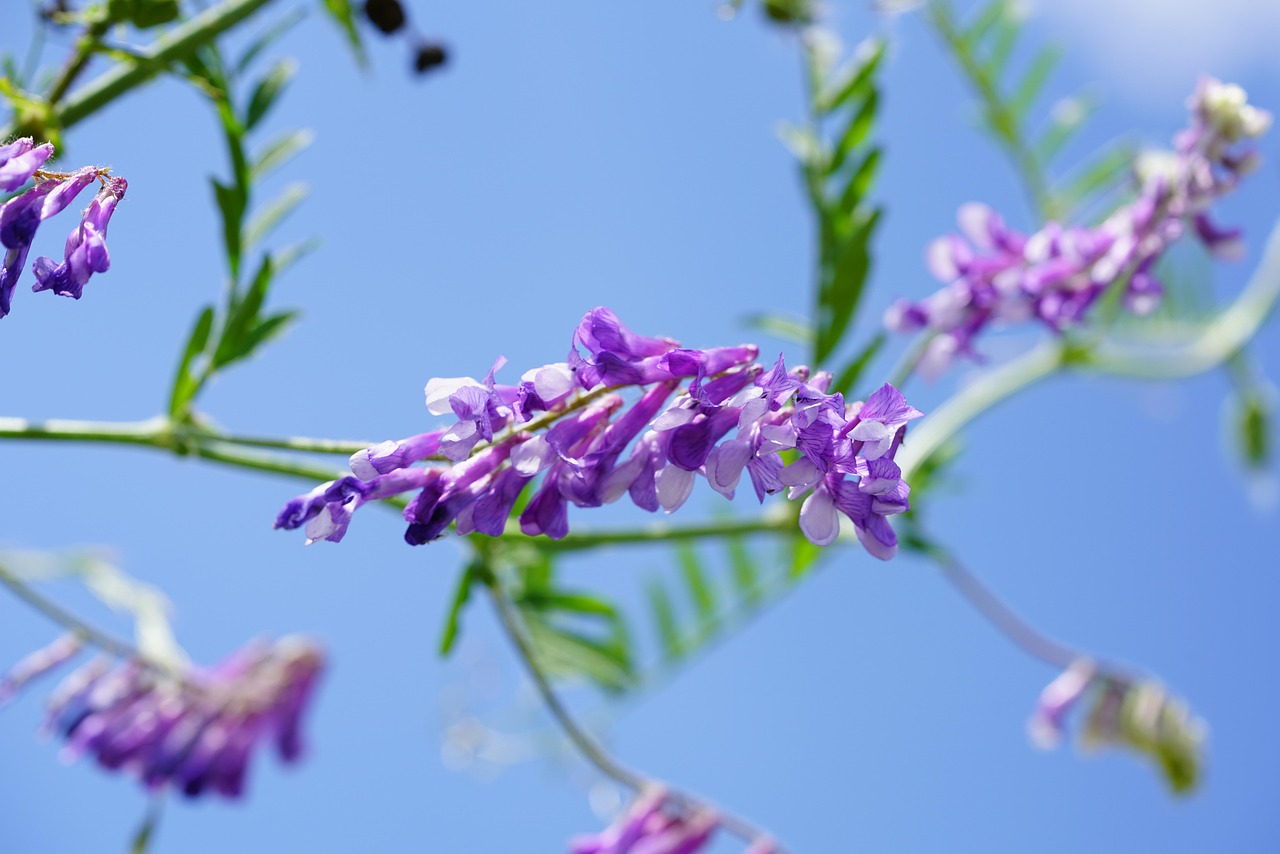Broom | Blossoming in Sunlight, the Melody of a European Spring
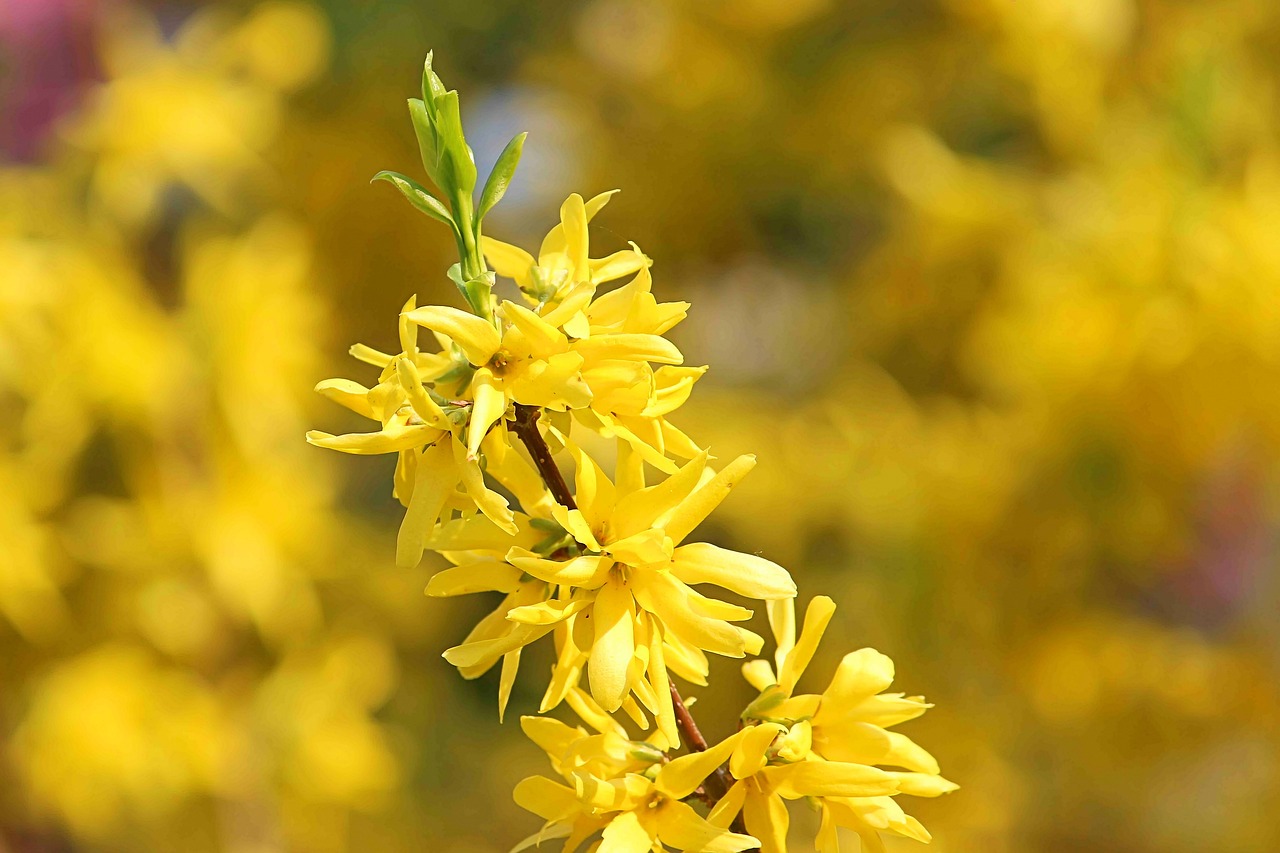
The broom is a beautiful plant that produces clusters of bright yellow or white flowers, bringing vibrant colors to the spring garden.
With its slender branches and distinctively shaped blossoms, it is widely cherished as an ornamental plant in both private gardens and public landscapes.
In this article, I will introduce the basic information about broom, explore its cultural significance, and share practical tips on how to grow it successfully.
Basic Information
- Scientific name: Cytisus scoparius
- Family: Fabaceae (Legume family)
- Origin: Europe, North Africa
- Appearance: Broom is a shrub that grows to a height of 1–3 meters. Its slender branches bear clusters of small pea-like flowers in yellow, white, or pink. While bright yellow is the most common, cultivars in various colors also exist.
- Blooming season: From spring to early summer (April to June), when it transforms gardens into a vivid, radiant scene.
Cultural Significance Around the World
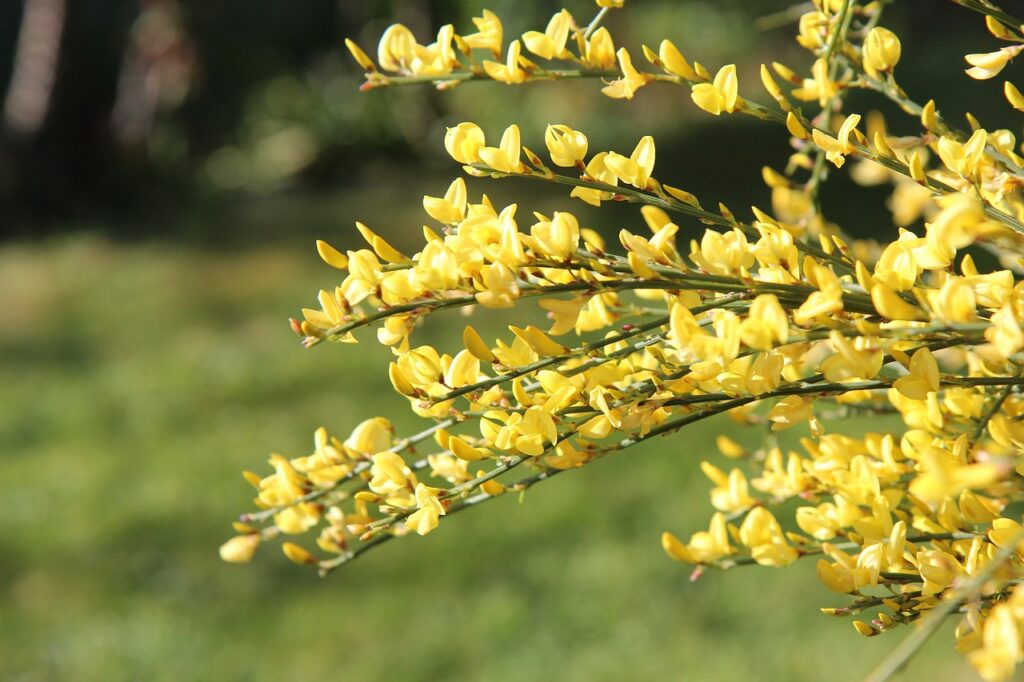
In Europe, broom symbolizes “purity” and “humility.”
In the United Kingdom, it has long been planted in gardens and parks. Its striking yellow shade was once referred to as “Windsor Yellow.”
During the Middle Ages, its golden blossoms conveyed a sense of nobility and were even used in court decorations and garments.
In France, too, broom has been cherished as one of the symbolic flowers. Thanks to its resilience to cold and ability to thrive in the wild, it can be found naturally across many parts of Europe.
Historical Episodes
Around the 12th century, broom became the emblem of the Plantagenet dynasty in England. In fact, the very name “Plantagenet” is derived from planta genista, the French word for broom. This plant was not only incorporated into the family’s name and coat of arms but also celebrated as their symbol.
Broom was also closely associated with the British royal family, frequently planted in court gardens.
Furthermore, its yellow flowers were once used as a source of pigments and dyes. In Europe, the yellow dye extracted from broom was prized for coloring the garments of nobility and the upper classes, symbolizing wealth and golden splendor.
Gardening Advice

Broom thrives in sunny locations and tolerates dry conditions well. It grows best in well-drained soil, ideally sandy and slightly dry. Being highly cold-hardy, it is easy to cultivate even in colder regions.
Watering is required only when the soil has completely dried out. Fertilizer is generally unnecessary, but applying a small amount in early spring can encourage even better blooming.
Because broom grows quickly and its branches tend to spread, occasional pruning will help maintain a neat and attractive shape.
Conclusion
Broom is a stunning shrub that brightens up spring gardens with its vivid blossoms. With sunlight and well-drained soil, it can be grown with ease.
Thanks to its hardiness and drought tolerance, it is also an excellent choice for beginner gardeners.
Given its deep historical and cultural significance, I encourage you to consider adding broom as a charming accent in your own garden.

